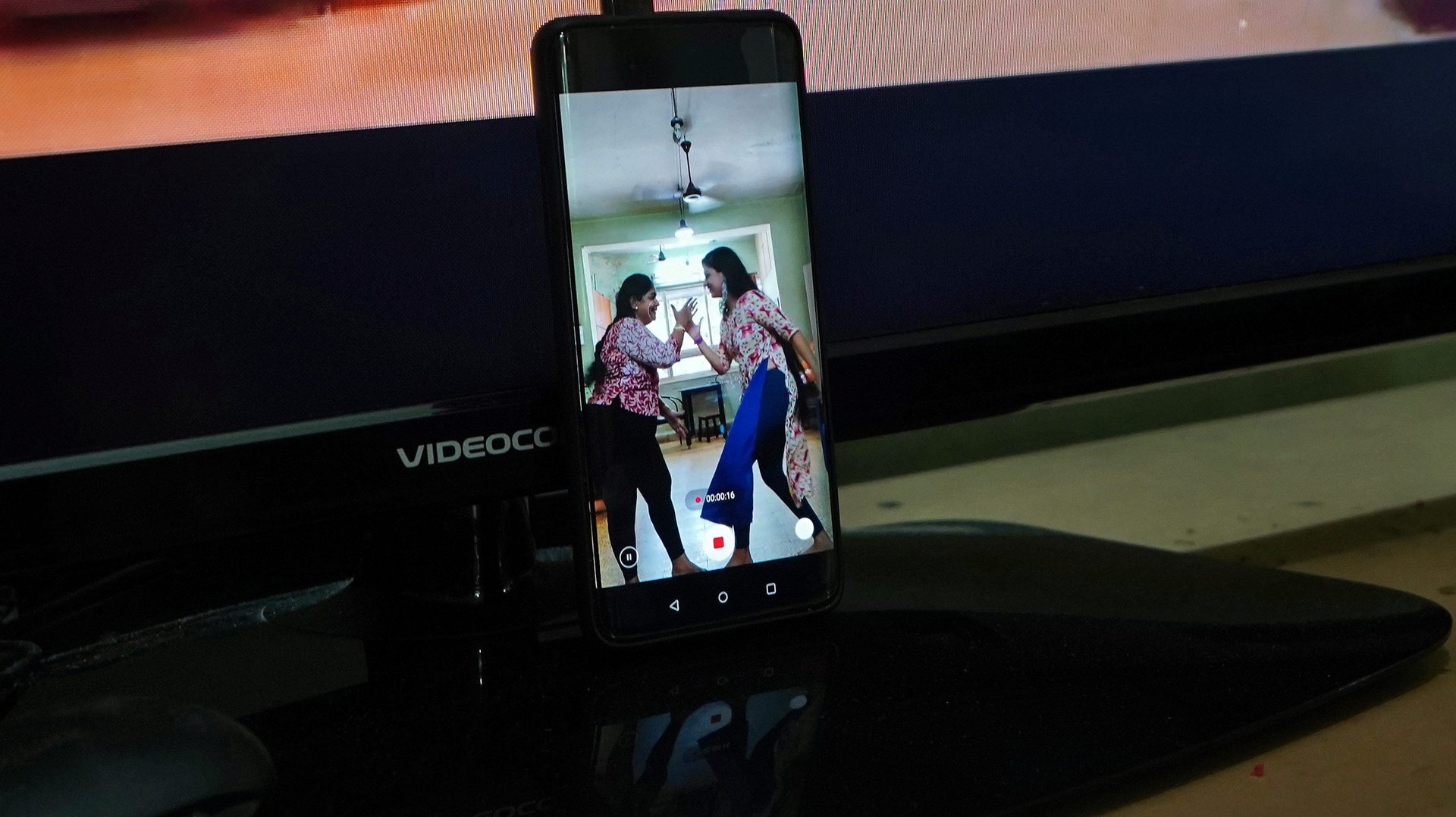Mitron wants to move beyond “silly videos” to YouTube-like content
It often takes decades for a business to achieve the success it aspires for. But for Shivank Agarwal and Anish Khandelwal, it happened almost overnight.


It often takes decades for a business to achieve the success it aspires for. But for Shivank Agarwal and Anish Khandelwal, it happened almost overnight.
Mitron, a video-sharing app founded by the two techies who earlier worked at ticketing portal MakeMyTrip, came to limelight within days of its launch in April as anti-TikTok sentiment rose in India courtesy of geopolitical tensions with China. Within a month of its launch, Mitron was clocking over 5 million downloads.
But the success came with its challenges.
For starters, the app didn’t have an explicit privacy policy in place until June, while users frequently complained of bugs and glitches. Google briefly removed the app from its store because it breached the spam and minimum functionality policy. To make things worse, there were reports that the app was bought from a Pakistani software developer.
Despite these tribulations, Mitron has continued to grow. “We have around 30 million users as of now. Plus, 700,000 videos are uploaded every day. The app also garners around 40 million views every hour,” Shivank Agarwal, co-founder of Mitron app told Quartz in an interview. He also spoke about the app’s plans to move beyond “silly and funny videos.”
Edited excerpts:
Do you think your success so far is only because of the anti-China sentiment?
No, because no one can form a company based on a short-term sentiment. I have launched two startups in the past in the same industry. And this helped me come up with a long-term vision, which culminated in the launching of this app. It also provided me with a road map that has helped me navigate this business so far.
How much of your marketing strategy relies on the “made in India” sentiment?
A large part, because many people have started valuing domestic offerings. This is why I feel our app took off even before the Tiktok ban.
What else are you bringing to the table apart from being an app made in India?
We are trying to innovate by introducing other video categories that one would find on YouTube. We want to move beyond quick, silly, and funny videos.
Google earlier suspended your app for violating its policies. Can you tell us what happened?
We had a couple of interactions with Google and we didn’t hear anything about copied content. The main complaint from Google was the absence of a flagging option. Google requires apps that share user-generated content to have a specific feature for someone to flag a video. We had a normal email support option through which people could lodge their complaints about videos they felt had breached social standards. But Google said that wasn’t enough. We needed to have a button dedicated to such complaints. And that is why we were temporarily removed from Google’s Play Store, but after rectifying it we were back again in a few days. We were also removed from the app store because we didn’t have an explicit privacy policy. But we have uploaded that.
Why didn’t you have a privacy policy in the first place? Didn’t you think it through before starting out?
Frankly, we didn’t. We didn’t anticipate the kind of response we got. The app was only two months old at the time. Getting those lawyers and creating a privacy policy takes its own time. So we thought that we would launch the app and get it running before anything else.
Was your source code purchased from a Pakistani firm called Qboxus, as some reports said?
We had initially purchased the templates for the app from an Australian software marketplace firm called Envato. The firm lets people buy and sell templates on their platform. They had good templates on their site, which we were interested in. And it is normal for companies to buy and sell such templates. We wanted to get the app rolling in the market quickly so we didn’t check where the developer was from. However, we have replaced the template we had taken. Everything right you see on the app or even on the back end is now original.
How many people have you hired since you launched?
We are a team of 15 people right now. When we had started, it was just Anish (Khandelwal) and I.
Any plans to expand your workforce?
Yes, we are looking to hire more employees.
How are you planning to rope in major influencers?
TikTok’s ban has left a gap for influencers right now and we are trying to fill that gap. But at the same time, we also feel a lot of creators have already been on our platform. So the idea is to focus on the current creators who are already on our platform. These are organic users who weren’t top influencers before. And we don’t plan to discriminate between our current users and top influencers. We want to create a level playing field for all our users.
Niharika Sharma has also contributed to this post.